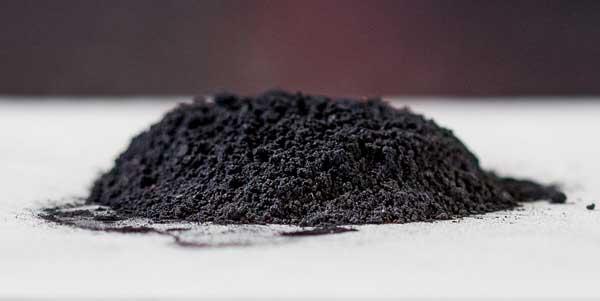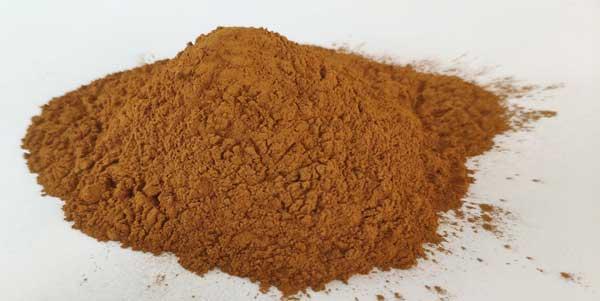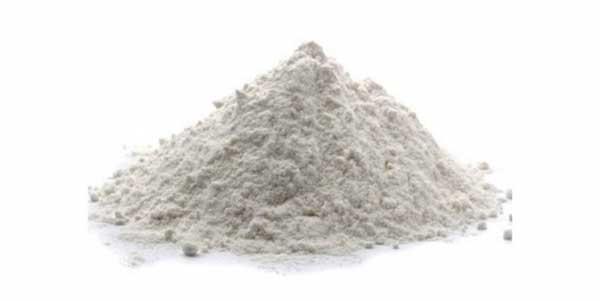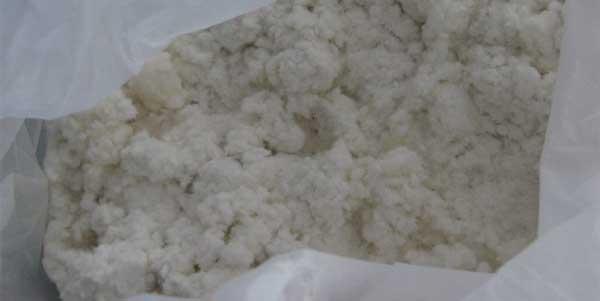PlasmaTec is a recognized leader in the market of welding materials.
Our professional team also manufactures raw components not only for our own production needs, but also for sale.
All products of the PlasmaTec group of companies are of high quality, undergo laboratory tests and are ready for shipment.
Today we offer the following raw materials: iron powder, vanadium oxide, kaolin, cellulose.
Iron powder is produced by spraying molten metal with high-pressure water or air. It is widely used in the manufacturing process of products in powder metallurgy, welding materials and other purposes.
There are many ways to use iron powder depending on its final use.

- Friction materials and parts. Iron powder is used in the production of brake pads to create the necessary friction. It helps increase the efficiency and durability of these products by dissipating the heat generated.
- Soft magnetic composites. Iron powder can also be used as part of soft magnetic composites. These composites undergo heat treatment and compression until they become isotropic components of complex shape, possessing three-dimensional magnetic properties. Such soft magnetic composites are often used in electromagnetic installations.
- Soldering and welding. When joining parts using the brazing technique, iron powder is used to create a tight bond between the components. Thanks to its resistance to high temperatures, the iron powder melts into a liquid flux and fills the space between the two parts that need to be joined. Iron powder is also added to the flux cored wire or as part of the coating material of the welding electrodes.
- Thermal coating of the surface. Due to the thermal properties of iron, iron powder is in demand as a surface coating for parts that work at high temperatures. This coating can increase the durability and endurance of components that are subject to corrosion and heavy wear during service. Thermal coating of the surface can increase the efficiency of parts and assemblies.
- Other use. Iron powder can also be added to dyes, paints, filter oils, chemicals, and metal clays used by jewelers.
Ferromanganese is widely used in steelmaking, foundry and other industries. Steel industry. Ferromanganese is an important deoxidizer and desulfurizer in the steel industry. Steel materials must be deoxidized and desulfurized during melting, and the use of deoxidizers greatly increases their cost, so ferromanganese is an inexpensive deoxidizer. Foundry industry. The addition of ferromanganese to cast iron prevents the formation of carbides, accelerates the precipitation of graphite and significantly shortens the time of spheroidization. Moreover, it can also significantly reduce the amount of impurities in cast iron, reduce the clogging of the nozzle of the melting furnace, and effectively extend lifetime of the melting furnace. Other branches of industry. High-carbon ferromanganese or manganese alloys are used as reducing agents in the production of low-carbon ferroalloys. Ferromanganese powder can be used as a suspended phase in the concentrating industry. What is more, it also is added to the coating of welding electrodes. In addition, ferromanganese with high manganese content can be used to produce pure semiconduction manganese in the electrical industry.
 Vanadium oxide. Under normal conditions — a yellow-brown powder, sparingly soluble in water. The substance is toxic. It shows amphoteric properties with a predominance of acidic ones. Vanadium oxide is the most important vanadium-containing compound. It is used in the production of catalysts, special glass, and pigments. Vanadium is an extremely versatile element, and adding small amounts of vanadium to steel can improve the metal, making it stronger, stiffer and lighter. Vanadium oxide as well as vanadium are important for a number of industries. They have played a crucial role in the development of electricity generation and have also helped to protect the environment by increasing fuel economy and reducing emissions. Vanadium oxide is widely used as a catalyst for homogeneous and heterogeneous catalysis — in the production of sulfuric acid, phthalic and maleic anhydrides, adipic and acrylic acids. It is a component of special glass that traps ultraviolet radiation. It is also used in the production of pigments (yellow and blue) and can be used as an antistatic layer in photographic materials.
Vanadium oxide. Under normal conditions — a yellow-brown powder, sparingly soluble in water. The substance is toxic. It shows amphoteric properties with a predominance of acidic ones. Vanadium oxide is the most important vanadium-containing compound. It is used in the production of catalysts, special glass, and pigments. Vanadium is an extremely versatile element, and adding small amounts of vanadium to steel can improve the metal, making it stronger, stiffer and lighter. Vanadium oxide as well as vanadium are important for a number of industries. They have played a crucial role in the development of electricity generation and have also helped to protect the environment by increasing fuel economy and reducing emissions. Vanadium oxide is widely used as a catalyst for homogeneous and heterogeneous catalysis — in the production of sulfuric acid, phthalic and maleic anhydrides, adipic and acrylic acids. It is a component of special glass that traps ultraviolet radiation. It is also used in the production of pigments (yellow and blue) and can be used as an antistatic layer in photographic materials.


